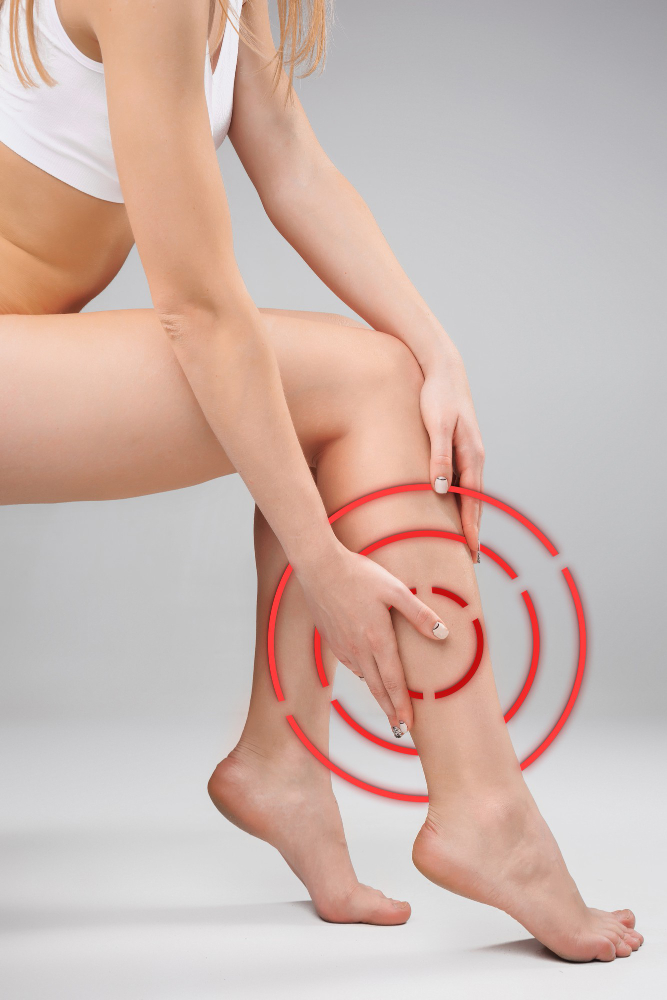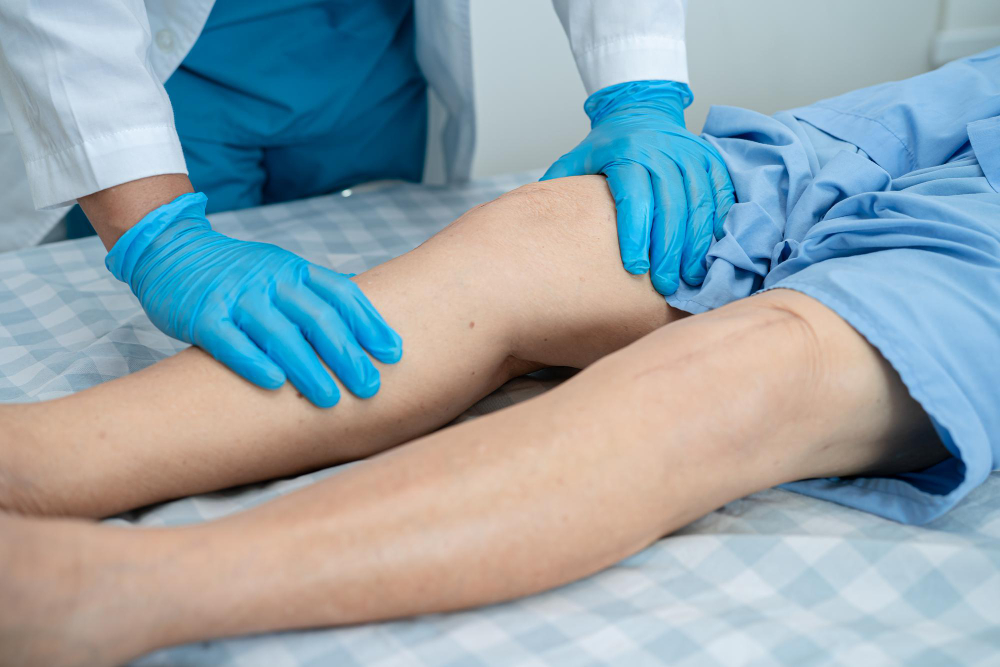What are calf implants?
Calf implants are implant enhancements used to enlarge and enhance the shape of the calves. Often, they make the calf muscles appear more developed.

What are other names for calf implants?
Other terms that you might come across to refer to calf implants include:
- Calf augmentation.
- Calf enhancement.
- Calf enlargement.
- Calves implants.
Reasons for opting for calf augmentation through implants.
Many individuals choose calf implants for various purposes. It is well-known that building calf muscles can be challenging, even with intense and demanding exercise routines. Calf implants provide a convenient and efficient option for both male and female individuals who desire to enhance the shape of their calves.
If any of the conditions mentioned below apply to you, you would be considered as a strong candidate for calf augmentation through the use of implants.
- You want to enhance the form and size of your calf muscles as they currently lack defined contours.
- You have decided to undergo liposuction as a solution for your excessively weighty thighs and knees, while also seeking to enhance the appearance of your calves concurrently.
- If you are a male athlete or body builder aiming to improve the aesthetic of your muscles and achieve a more masculine appearance, implants provide a convenient solution. Despite your dedication to exercise, calf implants offer a unique opportunity to enhance the shape and bulk of your muscles, which cannot be attained solely through physical exertion.
- Your calves are not evenly balanced and lack symmetry.
- Calf implants can be beneficial for individuals with congenital defects or medical conditions that impact the proper growth of the calf and lower leg. Conditions like spina bifida, clubfoot, Charcot-Marie-Tooth disease, or weakened calf muscles caused by polio are among the conditions for which calf implants can offer advantages.
- Calf implants can also be utilized in the recovery process after lower leg injuries and burns.
If you are in good overall health and have an average level of physical fitness, you qualify as a potential candidate for calf implant surgery.

Who is the perfect candidate for a procedure involving the implantation of calf muscles?
An individual who is in good overall health, regularly engages in exercise, and wants to shape and define their lower leg, or wants to address muscular imbalances caused by physical or birth defects, is considered an ideal candidate for calf implants. However, it is not advisable for individuals with extensive scar tissue, insufficient blood flow to the lower limbs, or specific chronic medical conditions.
What other procedures may take place with a calf implant?
If you desire a specific appearance, your healthcare provider might suggest body contouring procedures. These procedures could be performed simultaneously with the implant surgery. For example, you may consider undergoing liposuction to eliminate excess fat from your hips, buttocks, and thighs.
Certain people opt for a fat transfer or fat grafting surgery as a means to enhance the volume in their lower legs. Following the removal of fat deposits through liposuction, the surgeon proceeds to inject purified fat cells into the lower legs. It is possible that multiple fat transfer procedures may be required to attain the desired appearance.

How Does Calf Augmentation Work?
There are two different surgical methods for calf implants: submuscular and subfascial calf augmentation procedures. Submuscular augmentation involves making a space below the main calf muscles by manipulating fibrous tissue. On the other hand, subfascial augmentation creates a space between the muscles and the skin’s underlying fascia.
By employing these methods, the implants are safeguarded by tissue located beneath the skin or muscle fibers, resulting in an outcome that is aesthetically pleasing, comfortable, and mimics natural appearance.
The process starts by making a cut on the skin in the fold behind the knee and creating a space in the calf tissue. The implant will be inserted and placed precisely within this space by the surgeon. The cuts will then be sealed with stitches or adhesive, and bandages will be applied.
How does one’s recovery typically occur after getting a calf implant?
You may experience pain and discomfort for a few days following the procedure. Your lower legs may feel swollen and tender. Your skin might appear shiny as it adjusts to the implant and the increased size of your calf muscles.
Although it may initially be uncomfortable and rigid, walking is beneficial for your recuperation as it promotes blood circulation in your lower legs. To avoid any potential accidents, it is advisable to have assistance in moving around during the initial few days. By the second or third week, your walking pattern should return to its usual state.
You can expect to be back at work within two weeks and able to engage in most activities within six weeks. However, it might be necessary to wait a little longer before you can start exercises such as running, biking, and strength training again.
To aid recovery, you can:
- Raise your legs while in a reclined or seated position.
- Use pain relievers that contain acetaminophen, whether they are prescribed by a doctor or available for purchase over-the-counter.
- Apply ice packs to your legs.
- If you have been given a prescription for antibiotics, make sure to keep taking them.

How Long Will My Calf Implants Last?
Calf implants are deemed to be long-lasting, but there might come a time when you have to replace or modify them. They are not ensured to endure for a lifetime, as they can deteriorate over time due to wear and tear or experience issues such as misplacement. Unlike breast implants, which are prone to rupture or deflation, calf implants are made of semi-solid silicone and are not vulnerable to these problems.
Benefits of Calf Implants
The primary advantages of calf augmentation involve enhancing the shape and volume of your calf muscles. Through procedures like transferring fat or using calf implants, you can achieve long-lasting and noticeable aesthetic improvements, resulting in a ripped and sculpted appearance that can greatly boost your self-assurance.
The methods of implant and fat transfer employed during calf augmentation are designed to achieve a realistic appearance. As a result, your calves will have a natural feel, resembling authentic calf muscle while showcasing enhanced size and a subtle plumpness.
Treatment in Türkiye:
The medical staff of surgical teams, doctors and consultants in Rehab Türk can provide the best treatment options and free consultations – by striving to keep abreast of the latest medical technologies and methods.

